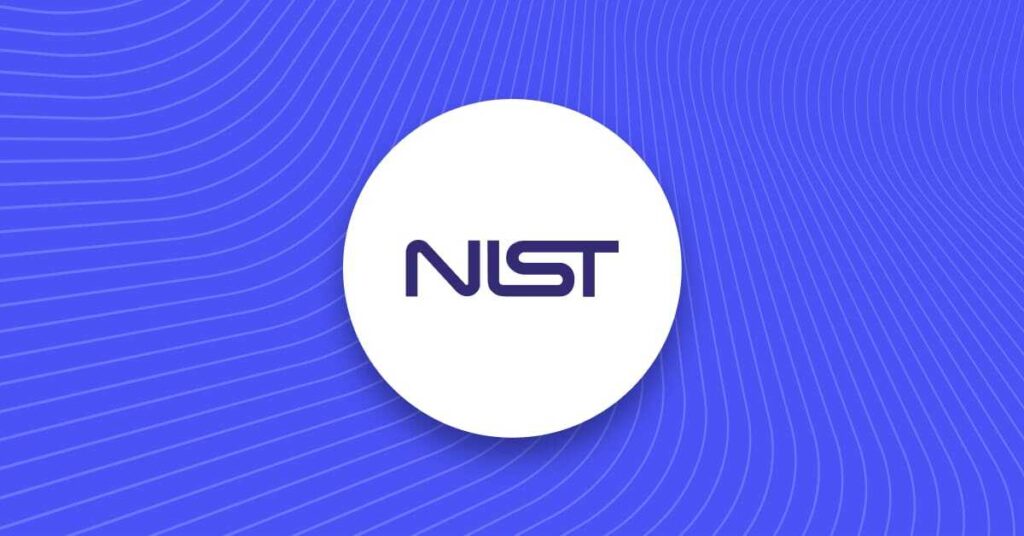
KYC (or 'know your customer') is a collection of guidelines and regulations that businesses use to identify the risk of working with a customer. KYC is often paired with anti-money laundering (AML) regulations, as both seek to verify identities as a preventative measure against financial crime. KYC requirements vary by institution, customer type, and even geographic location, but they aim to protect businesses and their customers from working with bad actors. To do this, institutions must create a comprehensive KYC program that includes staff training, regulatory compliance, customer risk assessment, and more.
Understanding KYC (and achieving KYC compliance) is critical for banks or any other institution that relies on identity verification. Keep reading to learn about this vital set of regulations as we answer questions such as:
- What is KYC?
- Why is KYC important?
- How do I do KYC verification online?
What are the 3 components of KYC?
Achieving KYC compliance requires three components:
- A customer identification program (CIP)
- Customer due diligence (CDD)
- Continuous or ongoing monitoring
Each of these components is critical to maintaining safe, thorough operations that protect everyone involved in a KYC-compliant institution. Let’s look at each of these individually.
1. Customer identification program (CIP)
To ensure that a customer is safe to work with, institutions collect a variety of information to verify that customer’s identity within a reasonable timeframe. This is called a customer identification program (CIP) and may include processes like submitting basic information (name, date of birth, etc.), address verification, and even biometric verification. Doing this protects institutions from money laundering, but it also protects their existing customers from con people.
2. Customer due diligence (CDD)
Verification of a new customer’s identity is not the end outcome for KYC but the first step. Once identity is established, KYC compliance requires institutions to complete a series of follow-ups; the intensity and volume of these follow-ups depend on the customer’s risk level and their relationship with the institution. CDD might analyze data from any number of public or private information sources, including customer activities, past transactions, and any other entities that the customer does business with.
3. Continuous or ongoing monitoring
Similar to CDD, this third component requires rigorous, careful analysis of a customer’s activity over time. A customer who passes initial CDD checks is not guaranteed to remain a safe relationship, so institutions must regularly monitor their customer base’s activity. Additionally, monitoring becomes necessary when a customer shows signs of increased risk, such as unusual account activity or any uptick in fraudulent undertakings.
What is an example of KYC verification?
To illustrate how KYC might work for an institution, let’s use a fictional example of a person who’s starting a bank account. Ryan wants to start a new savings account at his local bank. To do this, the bank first asks him to submit the following documents to the branch:
- Valid form of ID, such as a license or passport
- A recent utility bill or other proof of address
- Social security card or his SSN
Since this bank uses a digital verification process, Ryan is able to submit these pieces of information in person at the branch or online. From there, the bank will cross-reference all of his information against their databases, looking for any activity or information that might label him a high-risk client. Fortunately, Ryan’s record is spotless, so he is deemed low-risk and will require a lower level of continuous monitoring — unless his activity changes. As Ryan continues his membership at the bank, they will continually assess their customer base as a whole through their KYC program, ensuring all the staff are up-to-date on any regulatory changes.
A thorough KYC checklist needs Onfido
If you’re wondering how to improve the KYC process in banking, financial institutions, or any industry requiring customer verification, look no further than Onfido. We help institutions around the world meet KYC compliance requirements with a solution that is simple, effective, and secure. We also keep diligent track of KYC regulatory requirements for different geographic locations. Some of our features include:
- Verification for over 2,500 types of documents in nearly 200 countries
- Round-the-clock fraud detection through data analysis and network monitoring
- Simple, consumer-friendly biometric verification via our award-winning Atlas AI™
If you have questions about KYC or how Onfido makes KYC compliance a breeze, take a tour of our Real Identity Platform or reach out to us today.





